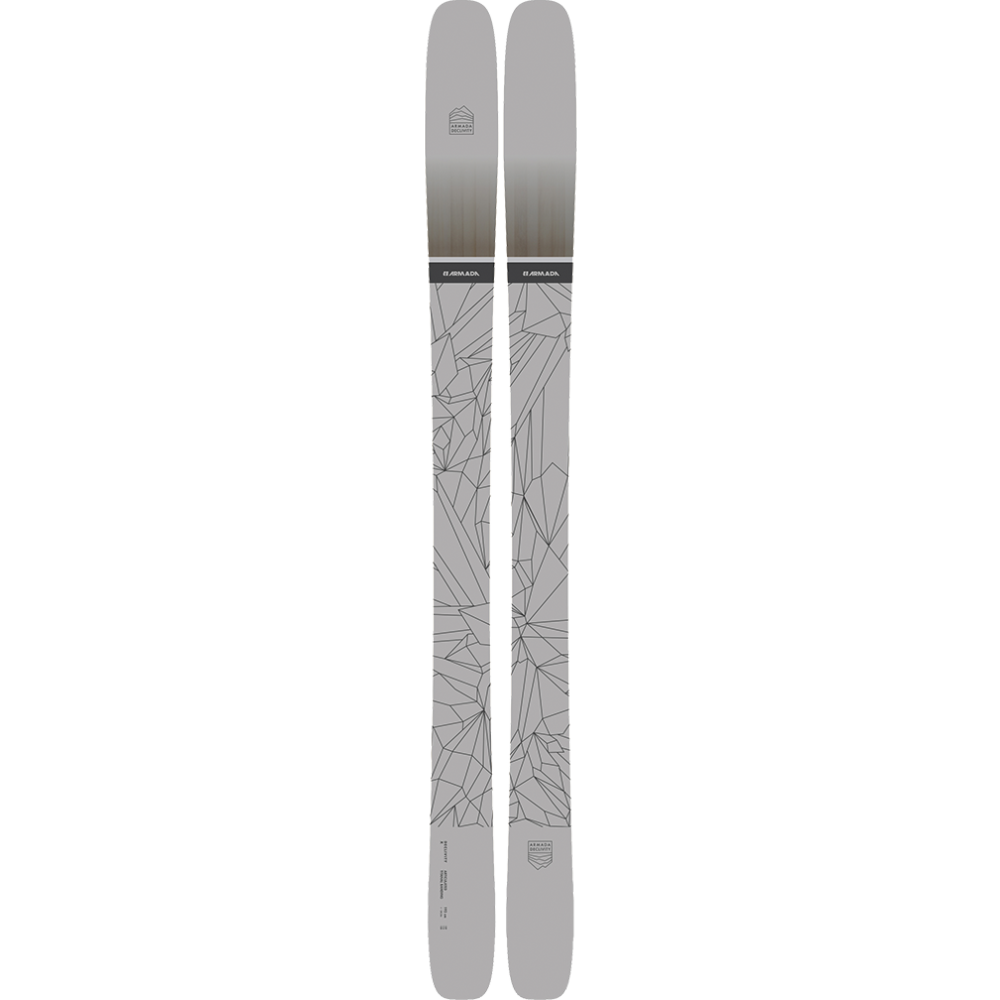The Armada Declivity X 102: A New Era Of Propulsion?

The Armada Declivity X 102: A New Era of Propulsion?
The year is 2025. The world watches with bated breath as the sleek, silver craft, christened the Armada Declivity X 102, prepares for its maiden voyage. This isn’t just another rocket launch. This is the culmination of decades of research, a monumental leap in space travel technology, and potentially, the dawn of a new era of interstellar exploration.
The X 102 isn’t fueled by conventional rockets. It doesn’t rely on the brute force of chemical combustion to propel itself. Instead, it harnesses the very fabric of spacetime itself, utilizing a revolutionary propulsion system known as the "Declivity Drive." This technology, a theoretical concept until recently, promises to revolutionize space travel by enabling faster, more efficient journeys across the vast expanse of the cosmos.
A Glimpse into the Declivity Drive
The Declivity Drive is based on the principles of "spacetime distortion" and "gravitational manipulation." It utilizes a series of powerful, yet compact, "gravitational lenses" to create localized distortions in the fabric of spacetime. By manipulating the curvature of spacetime, the X 102 can effectively "bend" the space around it, effectively creating a "shortcut" through the universe.
Imagine a sheet stretched taut. If you place a heavy object on it, the sheet will sag, creating a dip. This is analogous to how massive objects distort spacetime. The Declivity Drive essentially creates its own "dips" in spacetime, allowing the spacecraft to "slide" through these distortions, achieving speeds far beyond anything previously possible.
Beyond the Limits of Conventional Propulsion
Traditional rocket propulsion, relying on the expulsion of matter, is inherently limited by the constraints of physics. The speed of light represents an ultimate barrier, and achieving even a fraction of that speed requires enormous amounts of fuel, leading to impractical payloads and limited travel distances.
The Declivity Drive, however, circumvents these limitations. It doesn’t push against anything; it essentially "rides" the waves of spacetime itself. This allows the X 102 to potentially reach speeds exceeding 90% of the speed of light, drastically reducing travel times to even the furthest reaches of our solar system and beyond.
The Armada Declivity X 102: A Beacon of Hope
The X 102 is more than just a spacecraft. It’s a symbol of human ingenuity, a testament to the boundless potential of scientific exploration. It represents a beacon of hope for a future where humanity can venture beyond the confines of our planet, seeking new knowledge, resources, and perhaps even new homes.
The success of the X 102’s maiden voyage will have profound implications for humanity’s future. It could usher in a new era of space exploration, opening up the possibilities of:
- Faster and more efficient travel to distant planets and moons within our solar system. This would enable us to establish permanent outposts on Mars, explore the icy moons of Jupiter and Saturn, and potentially even mine resources in the asteroid belt.
- The exploration of distant star systems and the potential discovery of exoplanets capable of supporting life. This could lead to the realization of humanity’s long-held dream of finding another Earth and potentially even establishing colonies on other planets.
- The advancement of scientific research in fields like astrophysics, cosmology, and planetary science. The data collected by the X 102 could revolutionize our understanding of the universe and our place within it.
Challenges and Concerns
While the Declivity Drive holds immense promise, its development and implementation come with significant challenges and concerns.
- Technical difficulties: The technology is still in its early stages, and perfecting the Declivity Drive requires overcoming numerous technical hurdles. The precise control of gravitational lenses and the potential for unintended consequences like spacetime anomalies remain areas of active research.
- Safety concerns: The X 102’s ability to manipulate spacetime raises concerns about potential dangers to the spacecraft and its crew. The intense gravitational forces involved could pose risks to the structural integrity of the vessel and the well-being of the astronauts.
- Ethical considerations: The prospect of interstellar travel raises ethical questions about the potential impact on other civilizations, the responsible use of resources in space, and the long-term implications of human expansion beyond Earth.
A New Frontier Awaits
The Armada Declivity X 102 stands at the cusp of a new era in space exploration. Its maiden voyage is not just a technological feat but a symbolic step into the unknown, a testament to humanity’s relentless pursuit of knowledge and exploration.
The journey ahead will be fraught with challenges and uncertainties, but the potential rewards are immeasurable. The X 102 represents a beacon of hope, a reminder that humanity has the capacity to overcome seemingly insurmountable obstacles and venture forth into the vast unknown. As we stand on the precipice of this new frontier, we can only marvel at the ingenuity of our species and eagerly anticipate the discoveries that await us in the depths of space.
Beyond the Article: A Look into the Future
The X 102 is merely the first step. As the technology matures, we can expect to see even more advanced spacecraft, capable of reaching even greater distances and speeds. The future of space exploration is bright, and the possibilities seem endless.
Imagine a future where humanity has established colonies on Mars, built space stations orbiting distant planets, and even ventured beyond our solar system to explore other star systems. The X 102, with its revolutionary Declivity Drive, could be the key that unlocks this future.
The journey to the stars has begun. The Armada Declivity X 102 is not just a spacecraft; it is a symbol of human ambition, a testament to our relentless pursuit of knowledge, and a beacon of hope for a future filled with endless possibilities.







